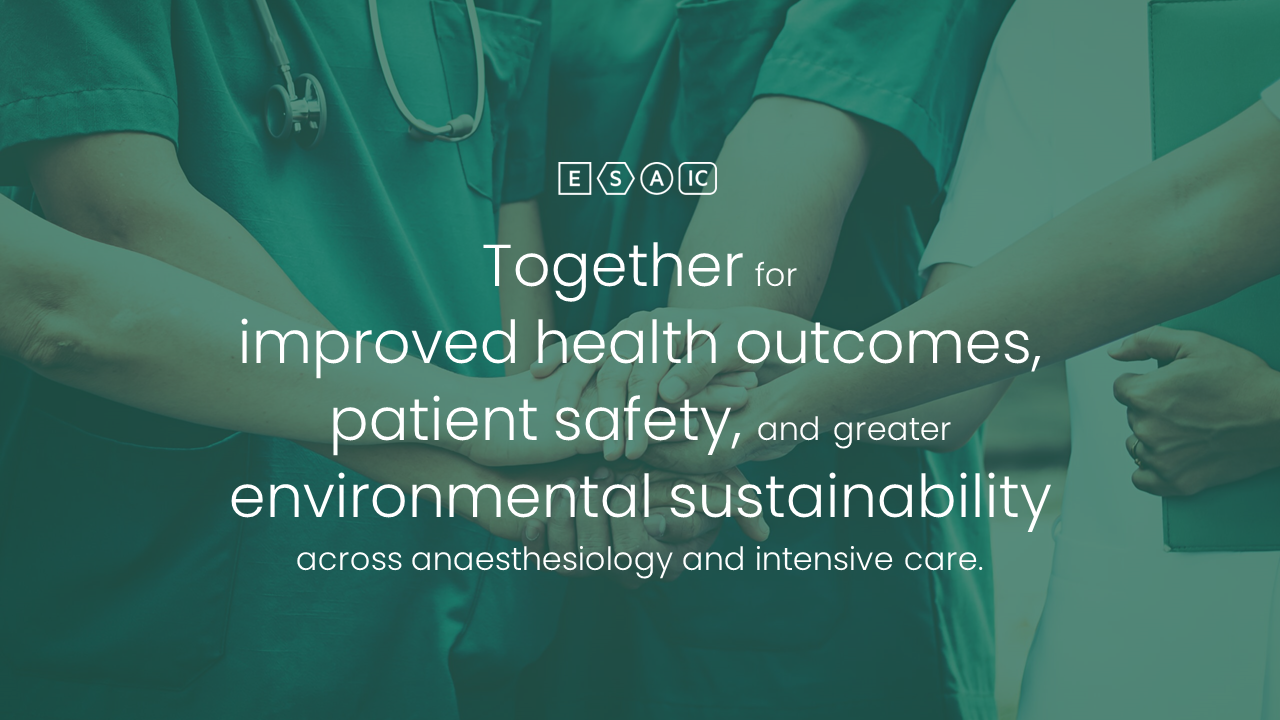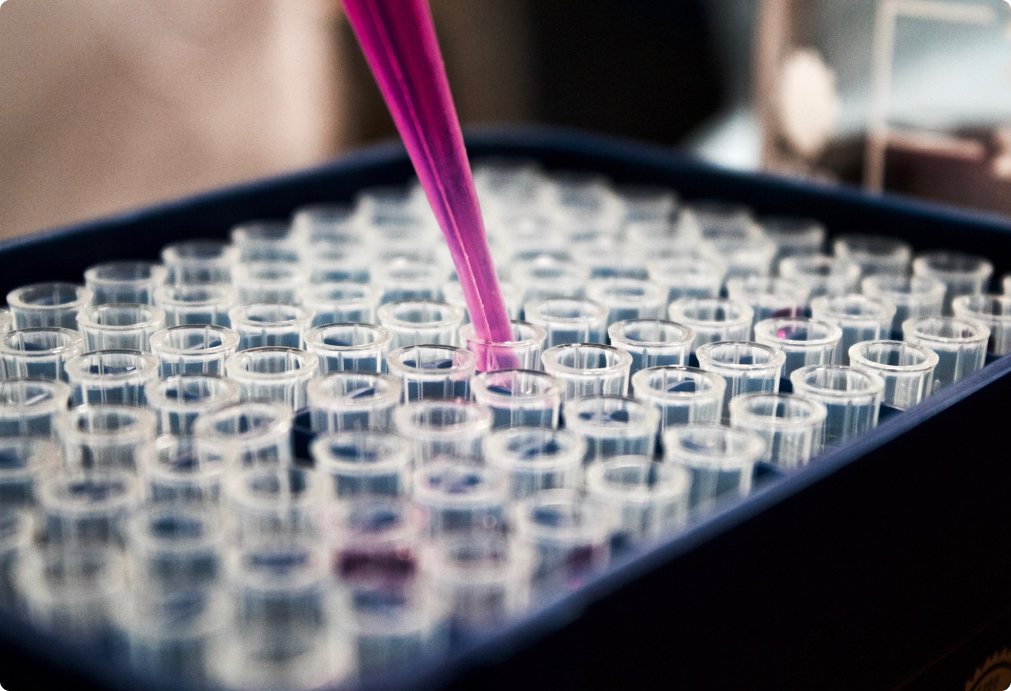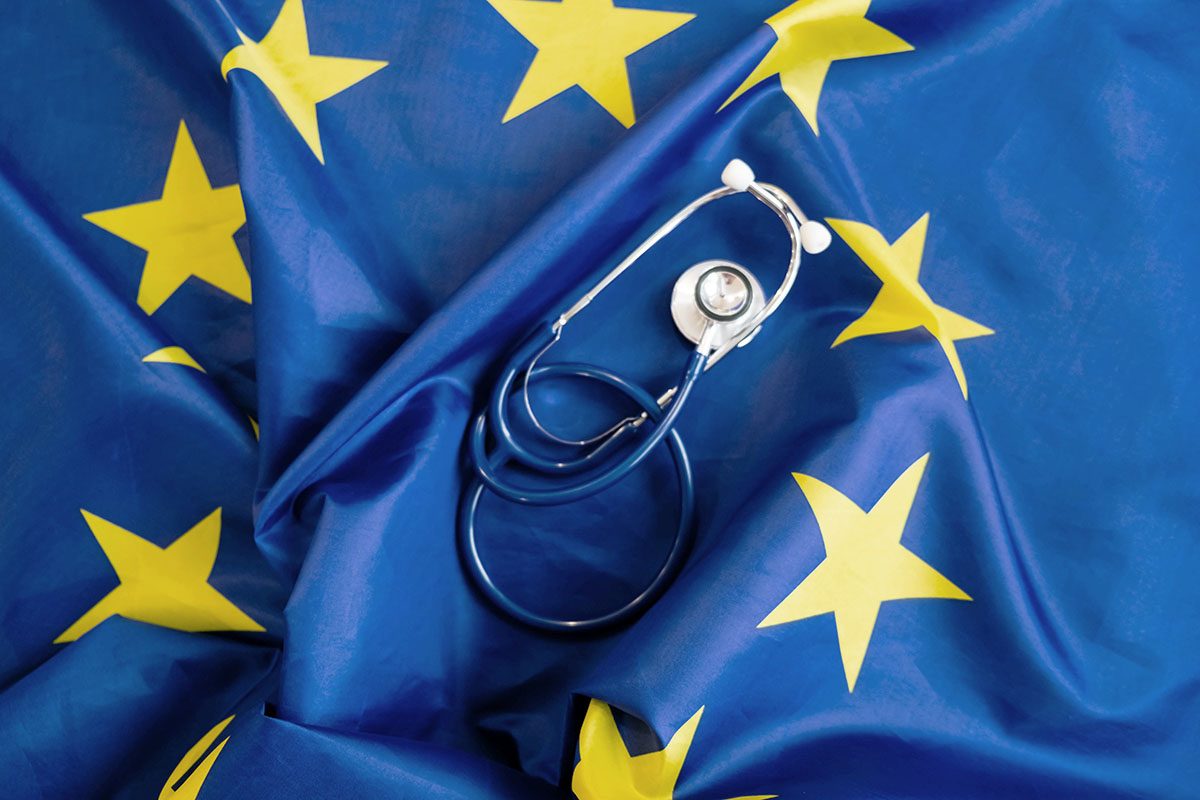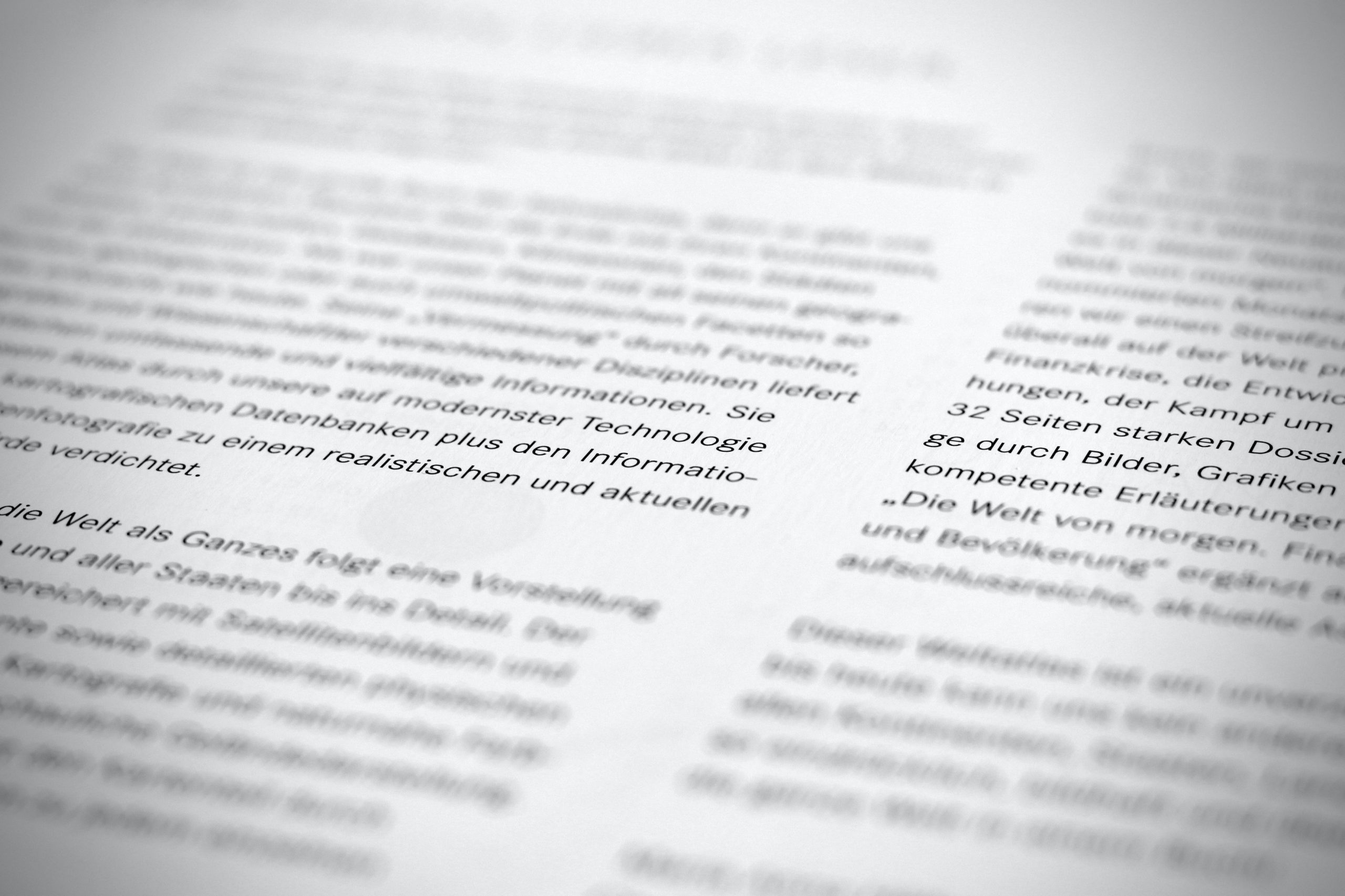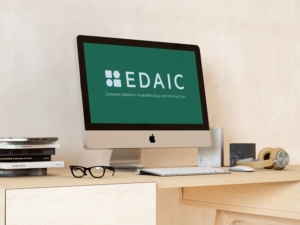Newsletter 2022
Newsletter September 2022: Helsinki Declaration on Patient Safety Evolution & impact over the last 12 years
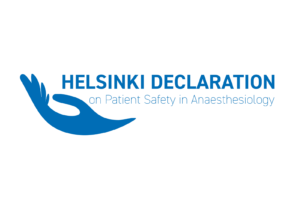
What are the main principles and aims of the Helsinki Declaration on Patient Safety in Anaesthesiology?
The Helsinki Declaration on Patient Safety in Anaesthesiology describes all elements and roles of all different stakeholders to ensure that we can provide safe care to our patients in anaesthesiology and intensive care medicine.
What is the role of education in Patient Safety in Anaesthesiology and Intensive Care?
Education in patient safety will empower all stakeholders to contribute with their share to ensure that no patient is harmed when they trust us to safeguard their life and health when they are at their most vulnerable during our care.
Since its initial signing in 2010, how did the Helsinki Declaration on Patient Safety in Anaesthesiology impact patient safety?
Since 2010, there is has been increased attention to patient safety in general, so there would have been improvements even without the Helsinki Declaration on Patient Safety in Anaesthesiology. But there is no doubt that the Declaration is a visible hub for anaesthesiologists, acting as inspiration and roadmap for how to improve safety for our patients.
How do you see the future of the Helsinki Declaration on Patient Safety in Anaesthesiology, and what will be the main challenges for the years to come?
The Declaration content has been robust, but we will need to update the text. I hope and believe that it will continue to be that inspiration and roadmap as it has been until now. The main challenges in the years to come are the workforce, culture, and funding of healthcare. All stakeholders must unite to improve patient safety, reduce avoidable harm and provide high-quality treatment and care for patients, and also ensure that the well-being of healthcare personnel is maintained.
To conclude, what will be your main message around Patient Safety and what are the main challenges and opportunities for improvement in the future?
Five out of the seven billion people in this world do not have access to safe and affordable anaesthesia and surgery. The WHO reports that one in ten patients in high-income counties suffers preventable harm during hospital stays. This is due to many factors, like lack of educated health care personnel, medication shortage and harm, infections, problems during the transition of care, unsafe culture, politicians’, and decision makers’ priorities and more. Much has been improved during the last years, but some further improvements are still low-hanging fruit. The Helsinki Declaration on Patient Safety provides us with a good roadmap to improve urgent patient safety concerns.
Thank you, Dr Jannicke Mellin-Olsen, for sharing with us great insights about Patient Safety.
More than ever, ESAIC is committed to leading the way in patient safety and ensuring the best care for every patient. Together with healthcare leaders and practitioners, ESAIC will continue its efforts to improve patient safety by providing tools, resources, and educational courses, by leading activities, amongst others, such as Safer Care to Save Lives, a patient safety education project, and by being part of EU SAFEST, an ambitious 4-year project funded under the new cycle of the EU’s framework for research and innovation, Horizon Europe to improve patient safety along the journey before, during, and after surgery.]
[maxbutton id=”1″ url=”https://www.esaic.org/patient-safety/helsinki-declaration-overview/” text=”Read more about the Helsinki Declaration” ]
[maxbutton id=”1″ url=”https://www.esaic.org/newsletter/” text=”Read the Newsletter” ]
